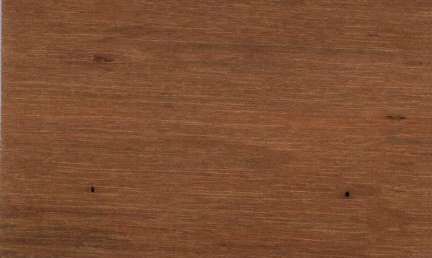
Manbarklak (Eschweilera sp.)
Family: Lecythidaceae
Common names: Atereba, Coco cristal, Coco de mono, Haudan, Jarana, Kakeralli, Manbarklak, Mata mata, Montanero, Oemanbarklak, Olleto, Oxito, Tete congo
Distributed in: Brazil, Costa Rica, Guyana, Trinidad and Tobago (Central America, Latin America)
Distribution overview: About 60 species are distributed from eastern Brazil through the Amazon Basin to the Guianas, Trinidad, and Costa Rica (including Panama, Venezuela, Colombia and Surinam).
Common uses: Barge fenders, Building construction, Building materials, Cabin construction, Construction, Crossties, Docks, Dockwork, Factory construction, Factory flooring, Flooring, Harbor work, Heavy construction, Marine construction, Mine timbers, Naval architecture, Pile-driver cushions, Piling, Pulpmill equipment, Raft floats, Rafts, Railroad ties, Sub-flooring, Turnery, Wharf construction
Environment profile: Status has not been officially assessed
Tree size: Trunk diameter is 250-300 cm
Colors: the heart isReddish brown, Yellowand the sapwoodClearly differentiated from the heartwood, White to yellow.The grain isStraight, the textureUniformand the lusterDull
Natural durability: Resistant to marine borer attack, Resistant to termites
Odor: No specific smell or taste
Drying Defects: Distortion, Warping can be expected
Ease of Drying: Thick Stock Requires Care
Blunting Effect: High effect due to high silica content
Boring: Fairly easy to very easy
Carving: Very Good to Excellent Results
Cutting Resistance: Easy to saw
Mortising: Fair to Good
Moulding: Fairly Easy to Very Easy
Movement in Service: Fairly Easy to Very Easy
Planing: Very Good to Excellent
Resistance to Impregnation: Very difficult to treat
Response to hand tools: Responds Readily
Routing recessing: Fairly Easy to Very Easy
Sanding: Very Good to Excellent Results
Turning: Fairly Easy to Very Easy
Polishing: Fair to Good;
- Numerical data Metric
- Numerical data English
- Strength properties
- References
|








